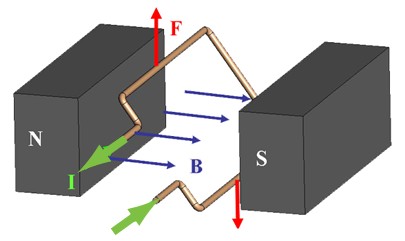- I think you have also encountered that the Matlab GUI is blurry.
- The reason for this is that previous versions of Matlab like R2013b (and R2014a) includes a Java runtime (JRE) on the package itself, which however does not support the new features like Retina displays.
- As a workaround, you can install the latest JRE and make Matlab point to this JRE.
- This is how it is done. Credit should go to original contributors; I am just putting the links here.
- Install latest JRE from link (you can choose jre-7u71-macosx-x64.dmg); may be you want to restart the machine.
- Create an AppleScript with the following script and save it as app. Note that all the code needs to be in one line.
- To create an AppleScript: Finder->Applications and find for AppleScript Editor (find within applications; not "This Mac") and paste the above script
- Save it as an app.
- If you would like to change its icon,
- select app in Finder and open app directory through “Show Package Contents”
- go to Contents/Resources and copy/paste the new icon (.icns file) onto applet.icns (you can find Matlab icons from Matlab application folder itself)
- the above steps themselves do not work usually, so do the following as well.
- select the app, again in Finder and this time, click on “Get Info”
- select the app icon at the top - a blue outline will appear
- copy the icon (.icns file) onto this outlined icon (command-v)
- now, check the .app directory using a terminal - “ls -la”
- the “Icon?” file should be there
- delete this file - “rm Icon^M”
- immediately, the app should have the copied icon beside it in the Finder
Cheers!

 [reference:
[reference: